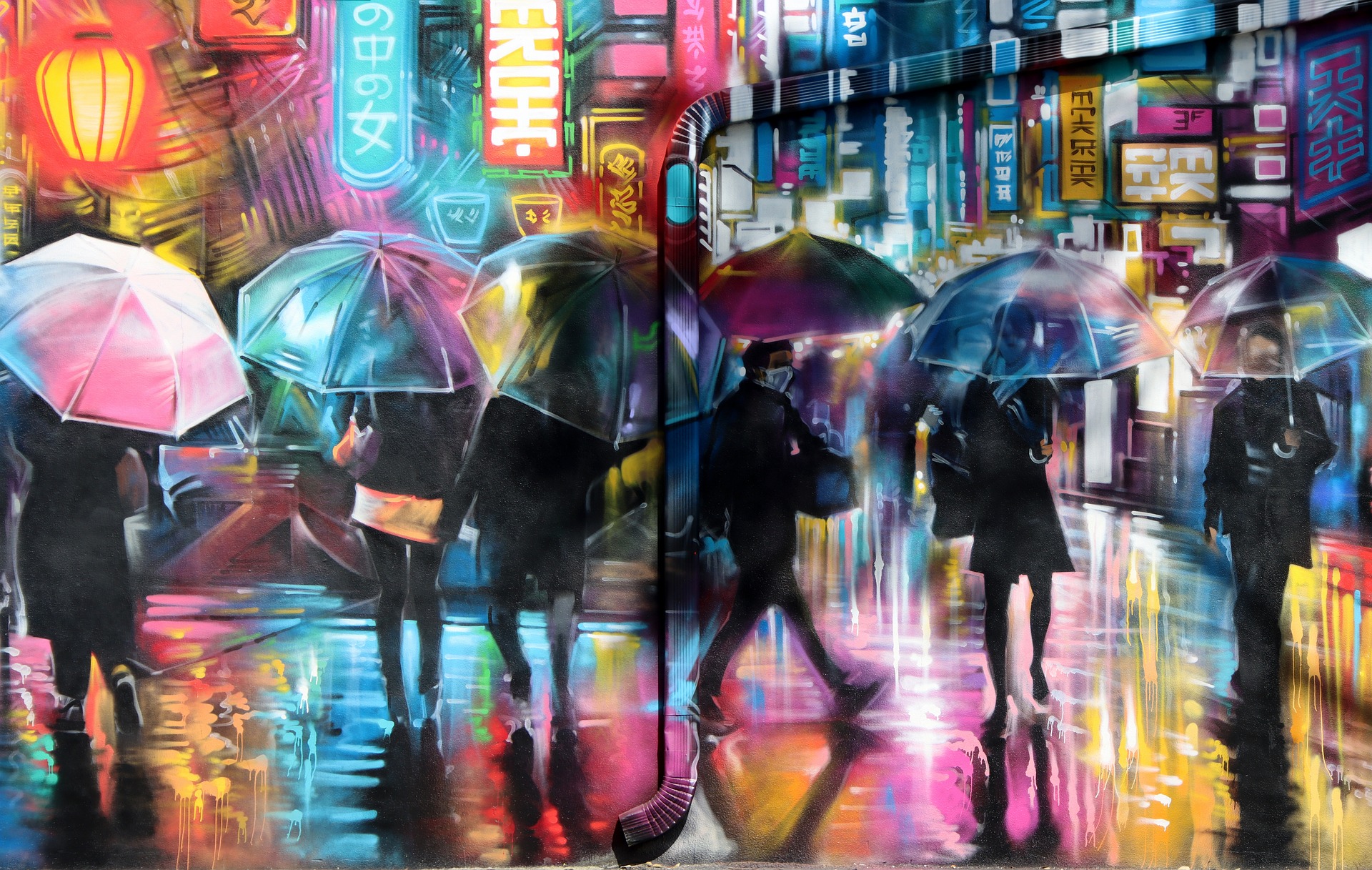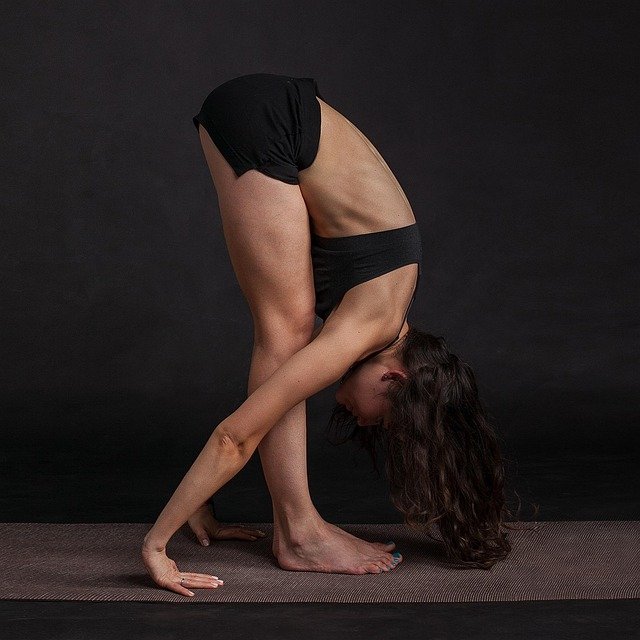Holographic Sculptures: The New Frontier of Visual Art
In the ever-evolving landscape of contemporary art, a groundbreaking medium is captivating audiences and challenging traditional notions of sculpture. Holographic sculptures, once confined to the realm of science fiction, are now emerging as a revolutionary form of artistic expression. This cutting-edge technology allows artists to create three-dimensional, floating images that interact with their surroundings in ways previously unimaginable. As galleries and museums worldwide begin to showcase these ethereal creations, the art world finds itself on the cusp of a new era, where light and space become the sculptor's primary tools.

From Scientific Tool to Artistic Medium
The transition of holography from a scientific curiosity to a legitimate art form was gradual but profound. Early holograms were static and limited in size, often resembling small, glowing photographs. As technology advanced, artists gained the ability to create larger, more complex holograms. By the 1980s and 1990s, holographic art installations began appearing in galleries, challenging viewers’ perceptions of space and reality.
The Technical Marvel Behind Holographic Sculptures
Creating a holographic sculpture involves a complex interplay of lasers, specially designed projection systems, and advanced computer software. Unlike traditional holograms, which are typically fixed on a flat surface, holographic sculptures can be fully three-dimensional and viewable from multiple angles. Some systems use rapidly spinning mirrors to create the illusion of a floating object, while others employ advanced light field displays to generate truly volumetric images.
Artistic Possibilities Unleashed
The advent of holographic sculptures has opened up unprecedented possibilities for artists. They can now create works that defy gravity, change form in real-time, and interact with viewers in ways that physical sculptures cannot. Some artists use holography to bring historical figures to life, while others create abstract forms that challenge our understanding of materiality and presence. The medium allows for a unique blend of the tangible and intangible, pushing the boundaries of what we consider sculpture.
Cultural Impact and Future Prospects
As holographic sculptures gain prominence, they are beginning to influence other areas of culture and technology. Museums are rethinking their exhibition spaces to accommodate these light-based works, while architects are considering how to integrate holographic elements into building designs. The entertainment industry is also taking note, with holographic concerts and theatrical performances becoming increasingly common. Looking ahead, the potential applications of holographic sculpture in fields such as education, advertising, and even urban planning are vast and largely unexplored.





